Maybe you just passed someone on a hiking trail or saw someone at the gym rocking non-traditional footwear. Or, maybe your friend is raving all about their new barefoot shoes and how they’re changing the game.
So, what are barefoot shoes exactly, and what’s the hype all about?
These unique shoes mimic the natural experience of walking, running, or moving, with minimal interference. They feature thin soles, zero heel-to-toe drop, and a wide toe box to allow your toes to spread as they would naturally on bare ground.
This unique footwear not only supports healthier foot mechanics but also enhances sensory feedback from the ground, improving balance and posture.
We’ll cover these revolutionary shoes in detail below so you can see what the buzz is all about. You’ll get tips on choosing your own footwear as well so you can reap the benefits and feel the difference yourself.
If you just want to get to the good part and elevate your foot health and comfort on a daily basis, though, head over to Hike Footwear and discover the best barefoot shoes online. Our footwear has been meticulously designed alongside orthopedists and trusted by 1,450,000+ people so far!
What Are Barefoot Shoes?
First things first - what are barefoot shoes? As the name suggests, this minimalist footwear style is like putting on a “second skin”. You get protection against the elements and rough terrain without the restrictions associated with standard footwear.
The defining characteristics of this style include a thin, flexible sole (usually no more than a few millimeters thick), a zero heel-to-toe drop which means the heel and forefoot are at the same height, and a wide toe box that doesn't compress the toes, allowing them to spread and grip naturally.
The design philosophy behind these shoes is based on the idea that human feet are naturally well-equipped for walking, running, and climbing.
Modern footwear, however, has thick cushioning and structured designs that actually hinder the foot's natural movement and lead to a range of foot ailments.
Barefoot shoes strip away these artificial supports to encourage the foot's muscles and tendons to strengthen and the foot arch to function as intended. This leads to an array of benefits that we’ll explore in detail below.
What Are Barefoot Shoes Good For?
So, what are barefoot shoes good for? The obvious answer is that they’re good for your feet and your overall wellness. But how? This requires an understanding of the role of your feet in overall health and wellness.
Why Foot Health is So Important
The feet are the foundation of your body, bearing the weight of every step and serving as a pivotal point for balance and movement. Healthy feet keep you comfortable and supported in daily activities and exercise, meaning they not only help you go about your day but support your quality of life.
Poor foot health can lead to a cascade of problems beyond simple foot pain. Misalignments and discomfort in the feet can alter your walking pattern, which in turn can lead to complications in the ankles, knees, hips, and even the spine. This can cause chronic pain and mobility issues that might limit your activities and overall lifestyle.
The feet are also an early indicator of serious health conditions such as diabetes, arthritis, and circulatory problems. Wearing appropriate footwear can help detect these conditions early and assist in managing them.
So in saying all this, what are barefoot shoes good for? We’ll highlight some of the most noteworthy benefits below.
Enhanced Balance and Sensory Perception
The thin soles under these shoes allow for increased proprioception, which is a sense of body position, movement, and equilibrium. They enable the nerves in your feet to receive more detailed information from the ground.
This heightened sensory feedback helps improve balance and agility, making barefoot shoes popular among athletes and outdoor enthusiasts who rely on precise movements.
Prevention of Foot Pain and Deformities
Conventional shoes often squeeze the toes into narrow spaces and elevate the heel, which can lead to a host of issues such as bunions, hammertoes, and plantar fasciitis.
Barefoot shoes address these concerns with their wide toe boxes and flat soles, allowing the foot to spread and absorb impact naturally. This design not only helps prevent deformities but also reduces the strain that contributes to foot pain over time.
Improved Posture and Spinal Alignment
The zero heel-to-toe drop in barefoot shoes encourages a more natural stance and walking gait. This alignment allows the spine to stay erect and balanced, which can reduce the risk of developing lower back pain.
This more natural posture helps strengthen the core and lower back muscles over time, enhancing overall body mechanics.
Increased Foot Strength and Flexibility
The muscles and tendons in your feet become more robust and flexible as the foot adapts to moving without artificial support.
This increase in strength and flexibility can improve athletic performance, reduce the likelihood of injuries, and enhance the ability to engage in a wider range of physical activities.
Better Temperature Regulation
Barefoot shoes are often constructed from natural and breathable materials that facilitate better air circulation around the feet.
This can help keep feet cooler in warm conditions and warmer in cool conditions by regulating temperature more efficiently than traditional, heavily insulated shoes.
Tips on Choosing the Right Barefoot Shoes For Your Feet
You can see why more and more people are making the switch to nonslip barefoot shoes over their traditional counterparts. It’s not just an investment in better comfort on a daily basis but also long-term foot health and comprehensive wellness.
That being said, not all barefoot shoes are created equal. If you want to experience all the benefits this footwear style has to offer, follow our tips below on choosing the perfect pair.
Fit and Comfort
The most important aspect of any shoe, especially barefoot shoes, is the fit.
Unlike traditional footwear, barefoot shoes should allow your feet to lie flat and spread naturally as if you were walking barefoot. There must be ample room in the toe box - not just in width but also in height - to accommodate natural toe spread.
The shoe should fit snugly around your midfoot and heel to prevent slipping while allowing full freedom of movement in the toes. Try on shoes later in the day when your feet are naturally more swollen to get a better sense of fit and comfort.
Because you can’t really get a sense of fit until your shoes arrive at your doorstep, it’s important that any brand you’re shopping with offers a friendly, hassle-free return/exchange policy.
Design Features
Part of what makes barefoot shoes so great is that they’re ultra-versatile, serving a variety of purposes. However, you can also choose a design that caters to specific activities and preferences.
For example, barefoot hiking shoes have a more robust sole for rugged outdoor activities like trail running, while others are more suited for everyday casual wear or indoor fitness, like barefoot lifting shoes. There are even barefoot boots for cold winter weather.
So, just consider what exactly you’re looking for in your shoes and shop accordingly.
Materials Matter
Look for high-quality, durable materials that can withstand the conditions you'll expose them to.
Natural materials like leather and hemp are durable and can conform to the shape of your feet, enhancing comfort over time, whereas synthetic materials are often lighter and dry more quickly, making them ideal for wet conditions.
Breathable materials are a must to ensure good air circulation and prevent moisture buildup, which can lead to discomfort and foot health issues.
Cost Considerations
While it’s fair to consider the cost in choosing your shoes, remember that you get what you pay for. Investing in a high-quality pair of barefoot shoes can save you money in the long run.
On the other hand, cheaper alternatives won’t provide the same level of quality or durability, leading to quicker wear and tear and the need for replacement sooner than expected.
Moreover, the whole point of barefoot shoes is to help prevent foot health issues, meaning that investing in quality can potentially reduce medical bills for foot-related problems. It’s worth comparing different brands and models to find the best value for your needs.
Customer Reviews and Expert Endorsements
The best way to get a sense of what you can expect in a pair of shoes? Read through reviews and see what real customers had to say after trying them on! This will help you avoid frustration and disappointment when your shoes arrive.
Just be sure to take individual reviews with a grain of salt and look for common themes and trends. Remember, what works (or doesn’t work) for some may not align with your specific needs.
Beyond customer reviews, see if the shoes you’re considering have been backed by or even designed with the help of experts like orthopedists or podiatry specialists. This gives you peace of mind knowing the design is supported by science.
Discover the Best Barefoot Shoes Online at Hike Footwear!
While there’s a lot that goes into choosing high-quality barefoot shoes, your search ends here at Hike Footwear. We’re on a mission to help people around the world walk more comfortably and avoid the problems associated with traditional footwear.
Our shoes are designed with a zero heel-to-toe drop to maintain natural body alignment. This feature helps improve posture and reduce strain on your joints, making our shoes ideal not just for everyday activities but also for enhancing physical performance.
The wide toe box in each pair allows your toes to spread and grip naturally, promoting stronger foot muscles and preventing common issues such as bunions and hammertoes.
Meanwhile, the thin, flexible soles provide essential protection while also offering the ground feedback necessary for improved balance and sensory perception.
We always use the best materials and careful attention to detail in crafting our shoes to ensure they’re not just comfortable but also a longlasting investment in your foot health. These materials are breathable, too, keeping you fresh and dry on your feet all day.
Whether you’re looking for men’s barefoot shoes, women’s barefoot shoes, or even kids' barefoot shoes, you can rest assured the perfect pair is a few clicks away at Hike Footwear.
We designed these alongside an orthopedist and have helped more than 1,450,000 people so far - get yours today and feel the difference firsthand!
Making the Most of Your New Barefoot Shoes
Before we bring this guide to a close we want to leave you with a few parting tips on adjusting to your new shoes and keeping them performing their best for the long haul.
Breaking In Your Barefoot Shoes
You can trust that our barefoot shoes are designed to be comfortable from the start, but giving your body time to adapt to the new dynamics is still a good idea.
Start by wearing your new barefoot shoes for short periods each day. Gradually increase the duration as your feet and body adjust to the new sense of ground and altered walking mechanics. This helps strengthen foot muscles that may not have been engaged by traditional shoes.
Care and Maintenance
A bit of TLC will go a long way in keeping your new shoes looking and feeling their best for years to come. Here’s some quick maintenance advice:
- Cleaning: Keep your shoes clean by wiping them with a damp cloth and mild soap if they’re made of synthetic materials. Use appropriate leather cleaner and conditioner if your shoes are made from leather. Always allow your shoes to air dry away from direct heat sources.
- Odor Control: You can keep your shoes fresh by sprinkling baking soda inside them overnight to absorb moisture and odors. Remove the baking soda before wearing the shoes again.
- Storage: Store your barefoot shoes in a cool, dry place where they can breathe. Avoid leaving them in direct sunlight or in damp areas, which can degrade the materials and alter their fit.
It’s also important to watch out for signs of wear and tear that indicate it’s time to replace your shoes - such as thinning soles or weakened seams.
Fortunately, you won’t have to worry about this for a while when you order your shoes from Hike Footwear, so take a look around our catalog today and discover the benefits of barefoot shoes firsthand!
Wrapping Up Our Beginner’s Guide to Barefoot Shoes
So, what are barefoot shoes? In summary, this unique footwear style is the key to unlocking improved balance, posture, and foot health. These shoes allow for natural foot movement and sensory feedback that traditional shoes simply fail to provide.
Whether you're transitioning to a more natural gait or looking for daily footwear that aligns with your body's natural mechanics, barefoot shoes offer a promising alternative to traditional footwear.
And now that you know what these can do for you, experience the difference for yourself with Hike Footwear - the #1 choice online. Your new favorite pair of shoes is just a few clicks away ready to transform your walk and health!
![[HIKE Orthopedic Soles - Black]](http://hike-footwear.com/cdn/shop/files/1_2e178206-1e1d-4da7-a519-e25a543f86d7_{width}x{height}.png?v=1755498413)

































































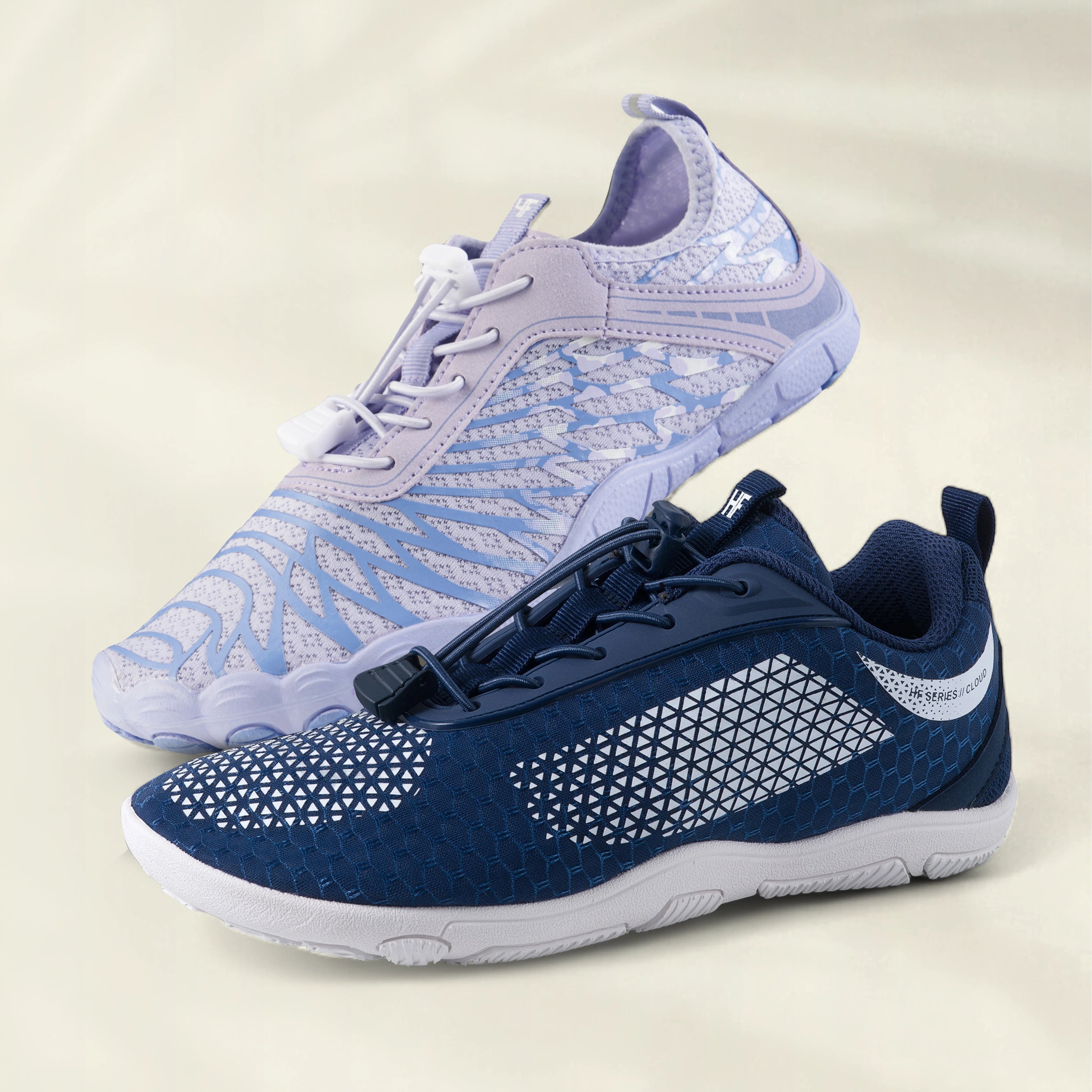

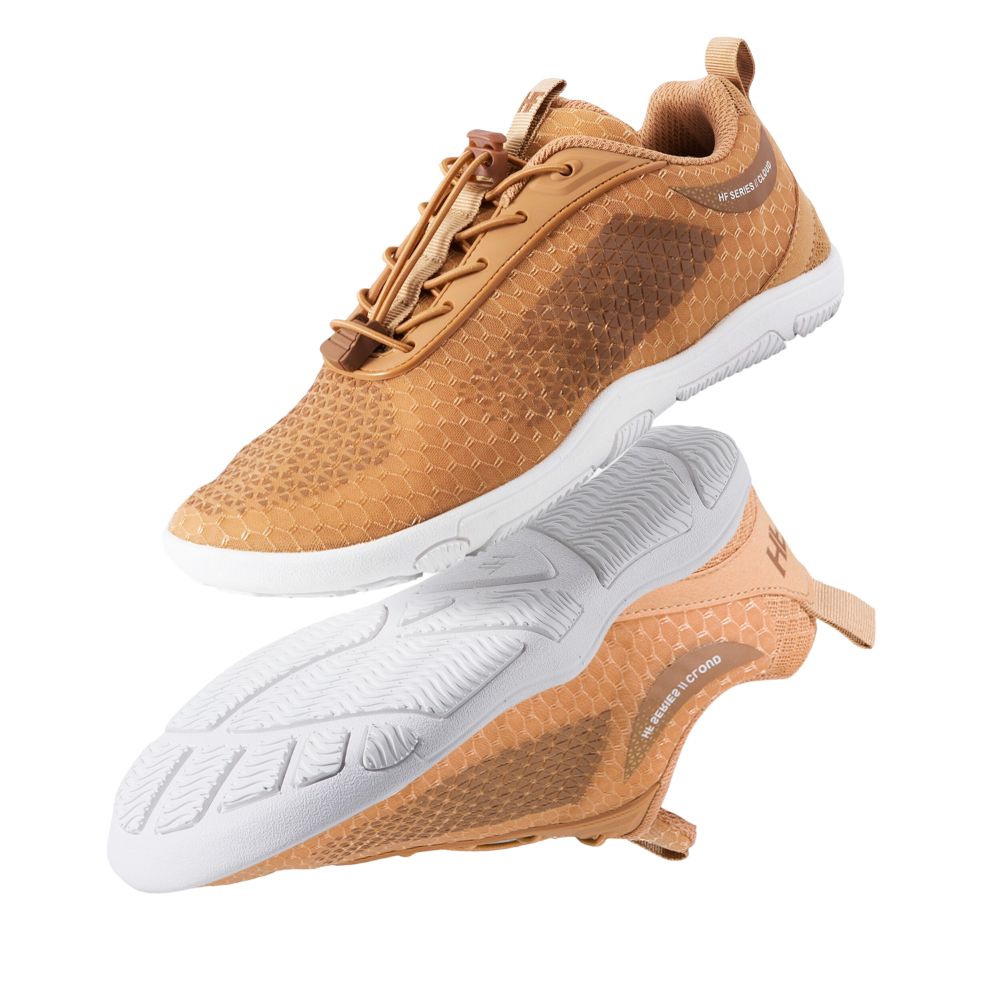
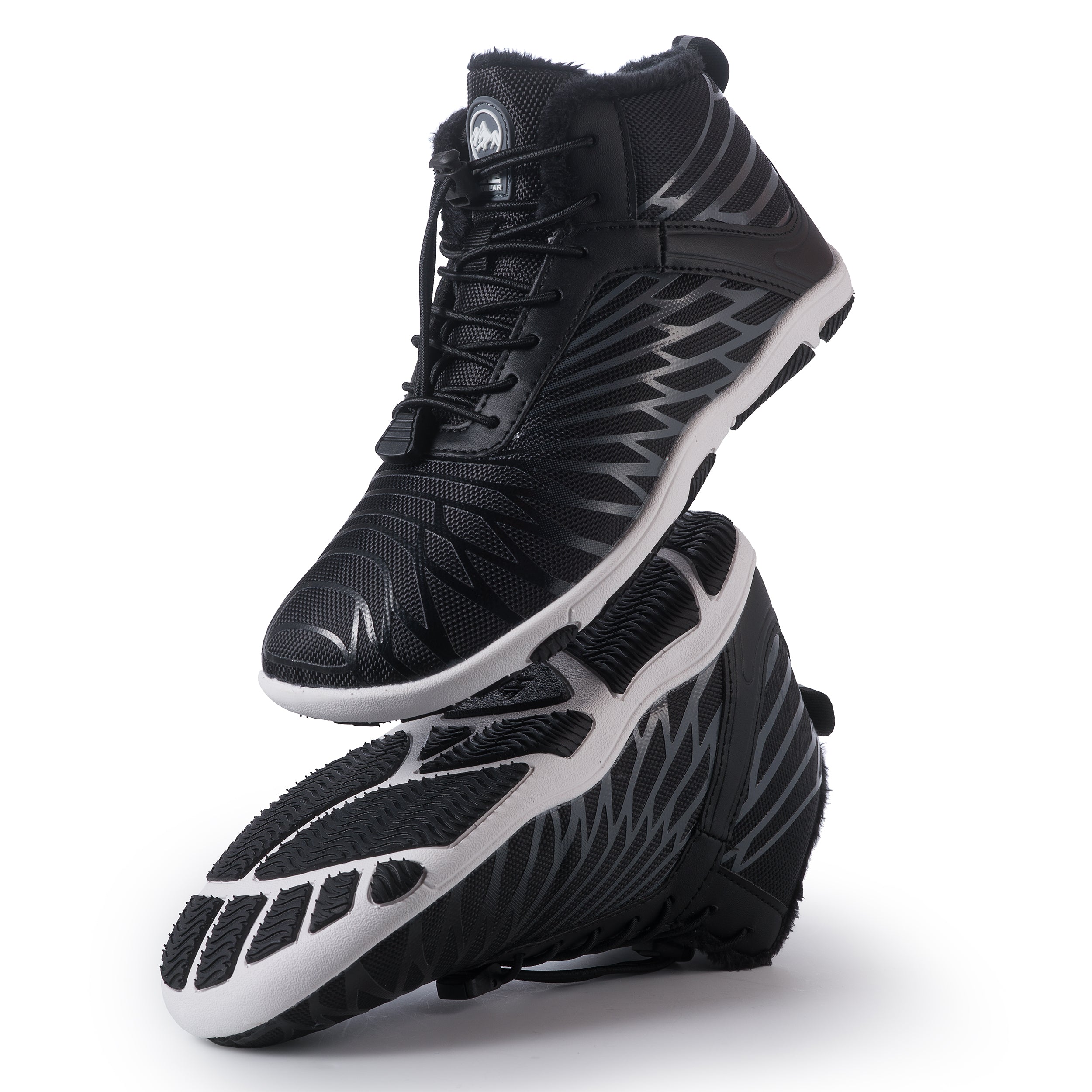
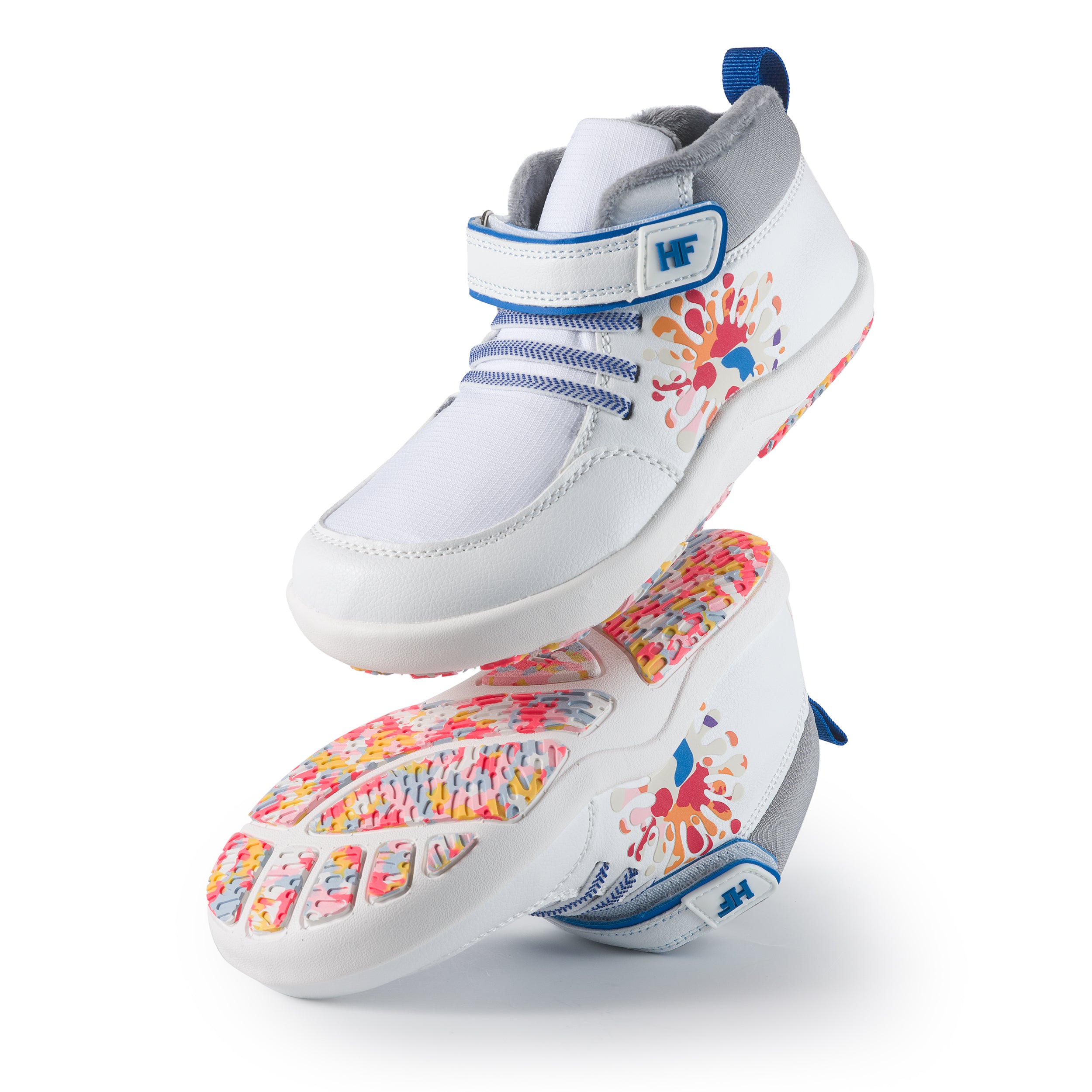
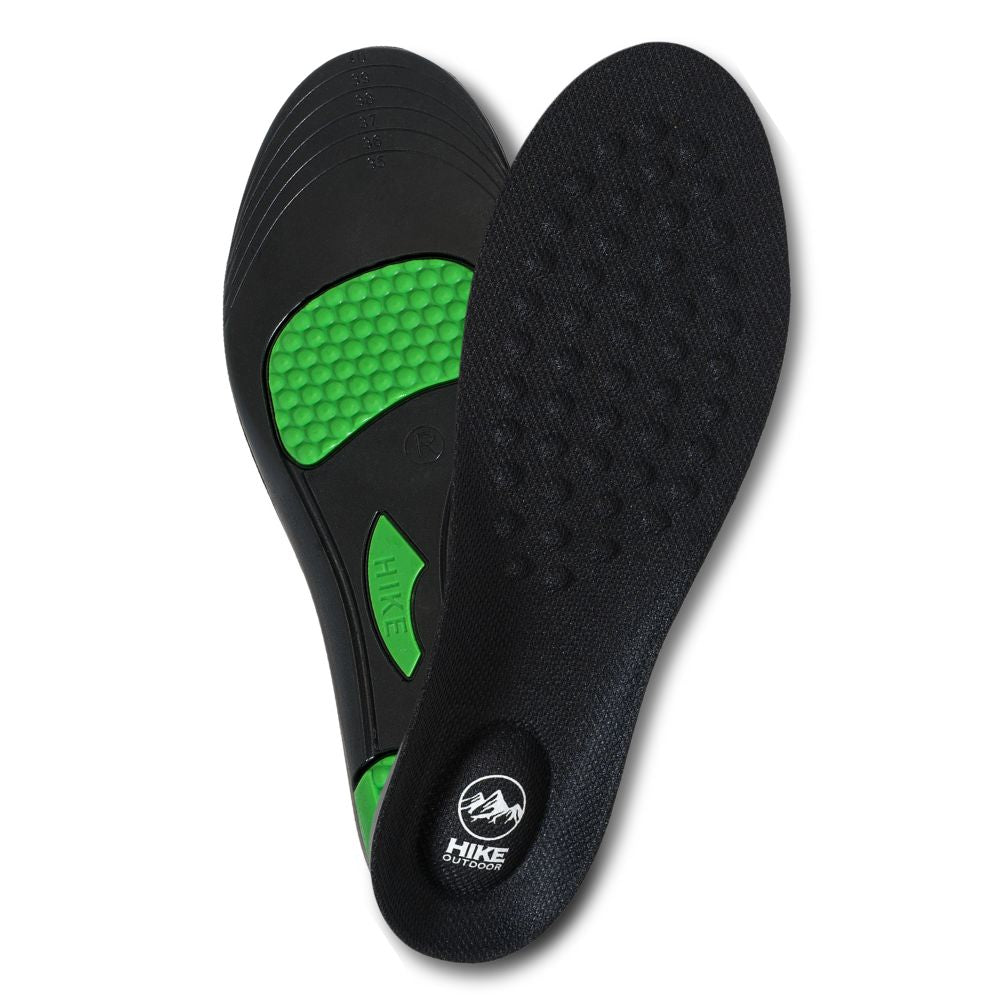
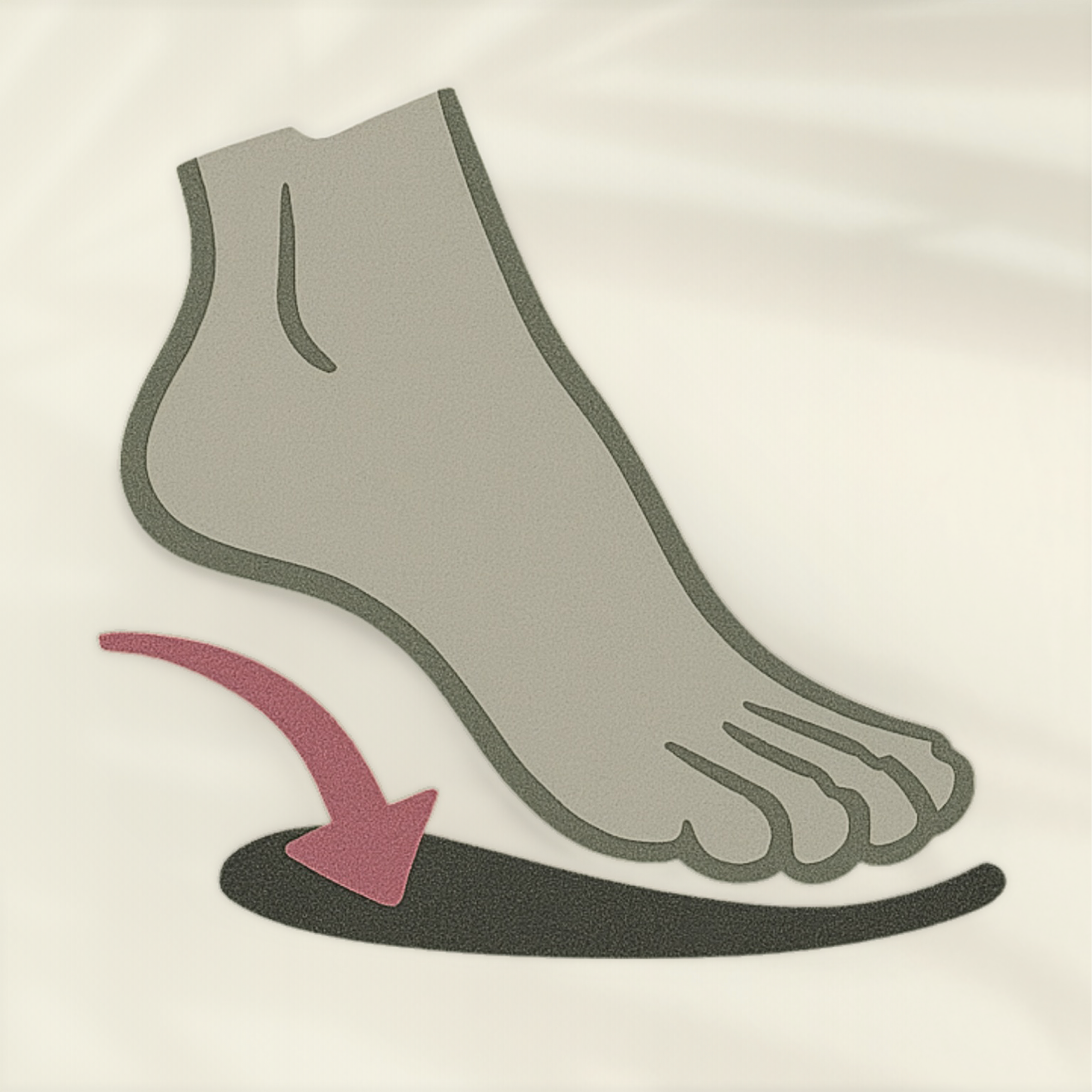


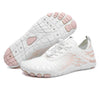
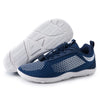
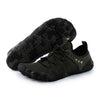
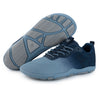

![[Lorax Pro - White / Pink]](http://hike-footwear.com/cdn/shop/files/Lorax-Pro-White-Google_{width}x{height}.webp?v=1763018793)
![[HF Stride - Beige]](http://hike-footwear.com/cdn/shop/files/Brown_c47b827d-957d-4bab-9646-bf1c66f5f5a8_{width}x{height}.webp?v=1762197951)
![[HF Cloud - Blue]](http://hike-footwear.com/cdn/shop/files/HF_Cloud_4c927657-c3a5-4cec-900e-25d909ec2b4b_{width}x{height}.webp?v=1762197937)
![[HF Shade - Sea Blue]](http://hike-footwear.com/cdn/shop/files/HF_Shade_Blue_{width}x{height}.webp?v=1759134417)